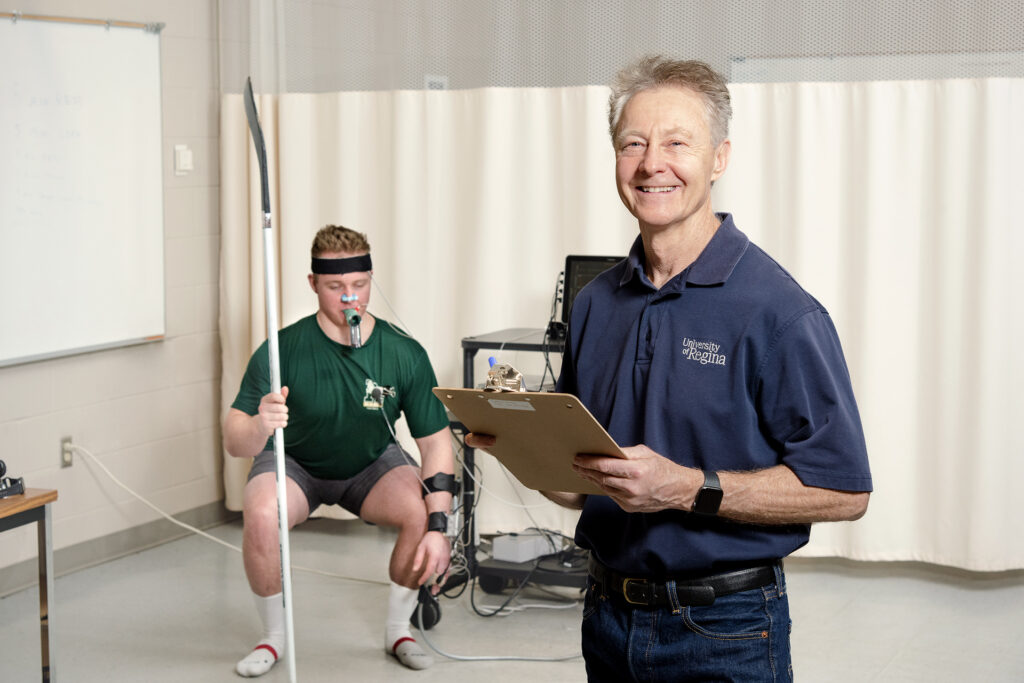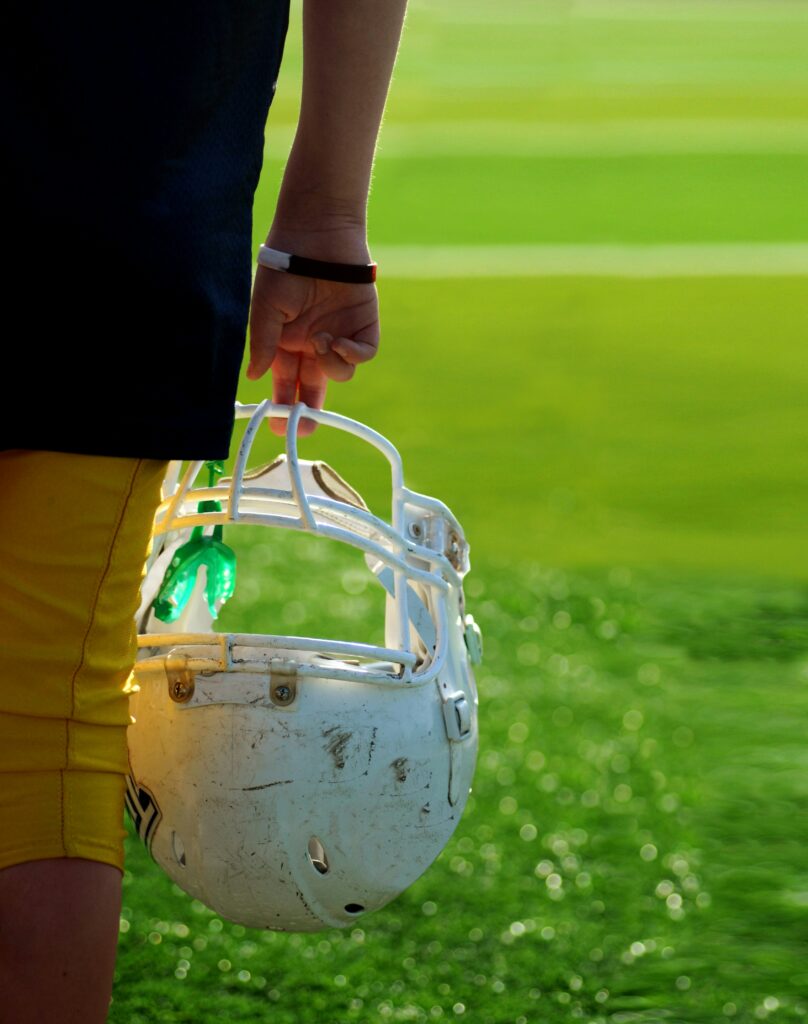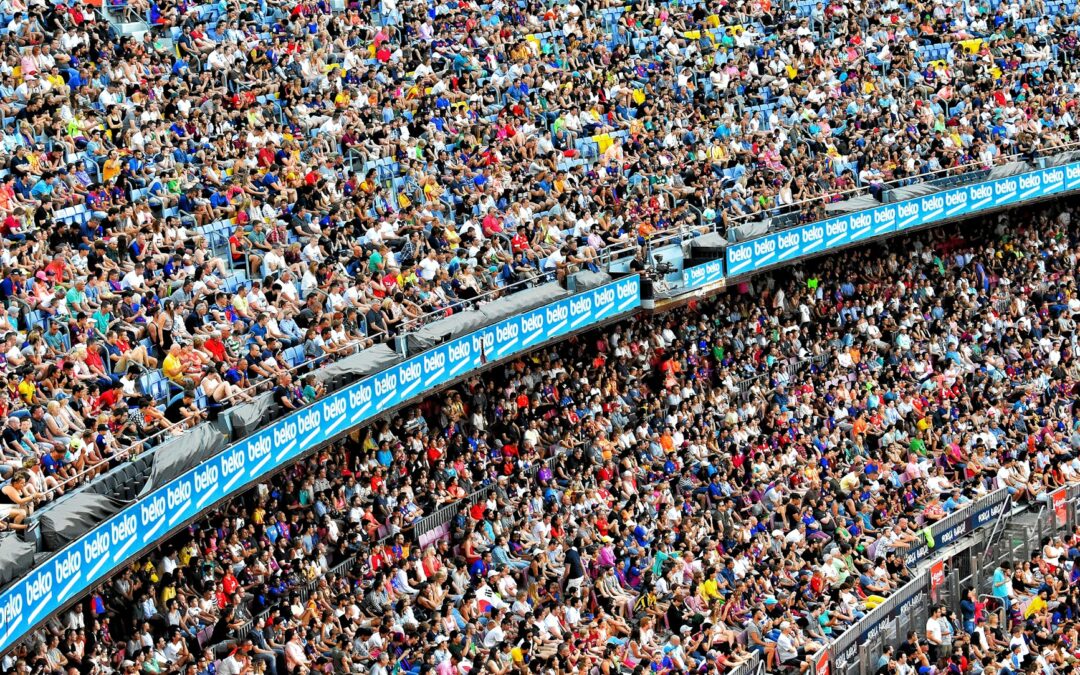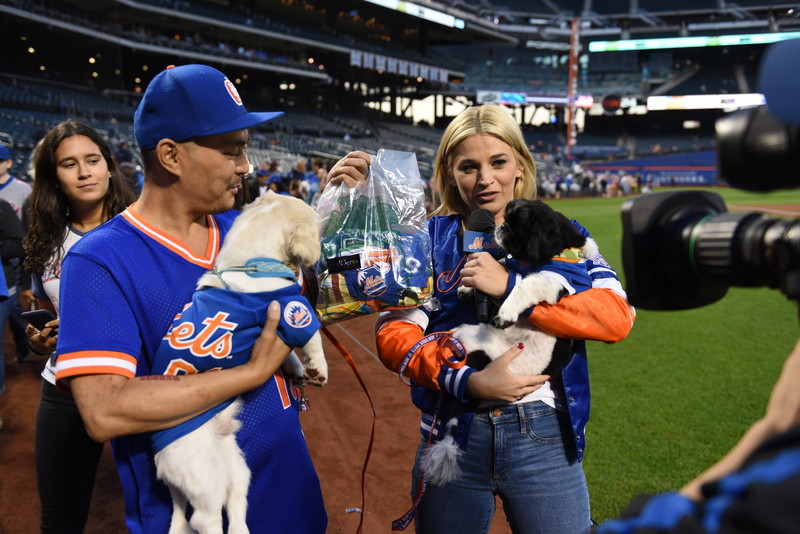Protecting the brain is no longer optional. Expert Dr Patrick Neary explains how sport is adapting – and what more can be done to prevent concussion.
“You only have one brain, and you need that for the next 70 years of your life.”
Dr. Patrick Neary, 68, a professor in the Faculty of Kinesiology and Health Studies at the University of Regina in Saskatchewan, Canada, shares his perspective not for shock value but simply because it’s the truth.
A former ice hockey player in his youth with five concussions to his name, Dr Neary now leads research on the effects of concussions on the brain, and has been doing for over 20 years.
He knows, first-hand and scientifically, that the effects don’t always go away.
“A concussion is the movement of the brain inside the skull,” he says. “You don’t even need to hit your head.”
It’s something most athletes still don’t realise. A jolt. A rotation. A violent stop. It can all lead to a concussion, and this isn’t preventable externally.
“Sideways movement is often worse, that’s where you get the shearing forces,” Dr Neary explains.
He brings up the case of Sidney Crosby. A glancing shoulder hit in 2011 took the NHL (National Hockey League) star out of action for a year. No direct head blow. Just a twist. And months of recovery.
In Dr Neary’s lab, elite rugby players who’ve suffered multiple concussions show changes in brain function. Compared to tennis players or cyclists, the difference is clear.

“There are long-term consequences,” he says. “Even if we can’t draw a straight line to conditions like Alzheimer’s, the association is there.”
For athletes in the modern game, that is the frightening truth, a truth that was not discussed until recently.
“In the ’70s and ’80s, you just sucked it up,” he says. “Now we’re learning. But it’s still hard.”
Denial remains one of the most dangerous parts of the injury.
“They don’t want to let the team down,” Dr Neary says. “But the next hit? That could be the one that breaks you.”
Athletes lie. They stay on. They tell coaches they’re fine. This is one of the most damaging things top sportspeople can do, resulting in issues after their sporting careers.
But what is being done?
The introduction of concussion spotters in the NFL, NHL, and top-level rugby is just one of the innovative changes to sport to help prevent damage from worsening. These are individuals in the stands who are trained to remove players from the field when they notice something is wrong.
In football, leagues like the Premier League now permit temporary concussion substitutes to prioritise player care.
Still, too many think helmets are the answer and concussions are preventable from the exterior. Dr Neary is quick to disprove this theory.
“Helmets don’t stop concussions,” he says. “They stop cuts and fractures. But the brain still moves inside the skull.”
He once told a gridiron, a term used for American and Canadian football, coach to train players without helmets. The coach wanted to teach safer tackling. “You take the helmet off, and no one leads with their head anymore,” Dr Neary says. “It’s instinct. You protect yourself better.”

But what happens when the symptoms stick around?
This is where new research from Dr Neary and his team of specialists has started to turn heads and possibly save lives.
With support from the NFL, they are studying the effects of CBD and THC on post-concussion symptoms.
“We’ve had athletes take up to 4000mg of CBD per day with no issues,” Dr Neary says. “Combine that with THC, and we’re seeing real, positive effects.”
He’s not talking about recreational use; he is talking about neuroprotection, the mechanisms and strategies that aim to protect the nervous system from injury and damage.
“CBD is anti-inflammatory. It stimulates the endocannabinoid system, our body’s biggest regulator. It helps restore balance when the brain is out of sync.”
The goal of this research is to reduce inflammation and aid in brain healing.
“This could be a game-changer,” Neary says. “We need to move away from opioids, antidepressants, all that. This is safer. It works.”
Speaking about the regulations around CBD in countries around the world, he says, “Your government needs to change its focus.”
Life after sport
Athletes still walk into Dr Neary’s lab years after retirement.
“I’ve had NHL guys. Rugby guys. You can see it on their faces,” he says. “I really feel for them.”
But he’s not without hope.
“Exercise helps. Staying hydrated and staying mentally active. It all matters. The brain can adapt if we give it the chance,” Dr Neary says.
Even heart rate variability (a measure of the variation in time between each heartbeat) something most people don’t think about, is affected by concussion. The brain and heart are in constant communication.
“We’ve seen it, that variability drops after a concussion. The brain is trying to protect itself by limiting stress,” he says.
The message is simple: early recognition saves lives.
Dizziness. Nausea. Blurred vision. That foggy feeling you can’t shake. “Most athletes know, deep down [they have a concussion],” Neary says. “The question is whether they’ll admit it.”
For too long, saying something was seen as a weakness. Now, he hopes that this is something which is finally changing.
“You’re not soft for speaking up. You’re smart,” he says. “Every jolt matters,” he says. “Even if it’s not a concussion, it can still do damage.”
That’s why education and research are key, and that’s why, every time he talks to a young athlete, he reminds them of one thing.
“You only get one brain.”
Read more about Dr Patrick Neary’s work here.
Sidelines Recommends

Too hot to handle? A closer look at heat training
It’s getting hot in here! Sidelines hears from expert Dr Steve Mears about why athletes use heat training and how to do it safely. Exercising in 40-degree heat sounds like punishment. For elite athletes, it’s preparation. From the 2020 Olympics in Tokyo to the…

“Without us, they couldn’t function”: How interpreters make sport tick
From driving lessons to courtrooms to press conferences, this is how interpreters make sport tick – this time in their own words. It’s an old cliche that sport is a universal language – but that would fall pretty flat without interpreters. Competitions cross borders,…

The hidden hands that built Wimbledon
Wimbledon headlines go to the champions, but it’s the hidden network of groundskeepers, ball crews, umpires, and operators that have helped build its legacy. This is their history. 1877: One court, a handful of staff, and a new chapter in sport One day, on a croquet…



